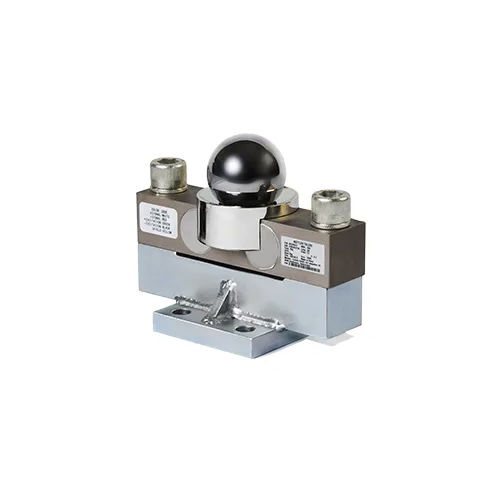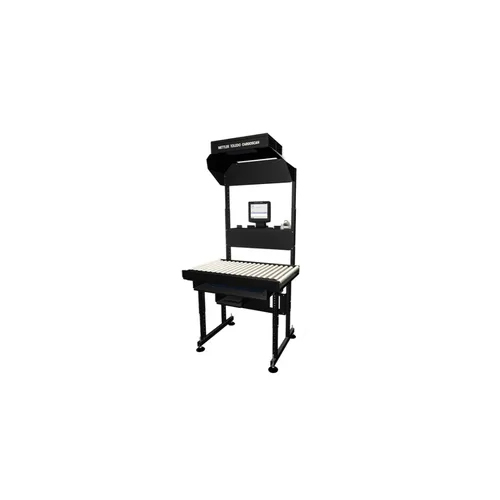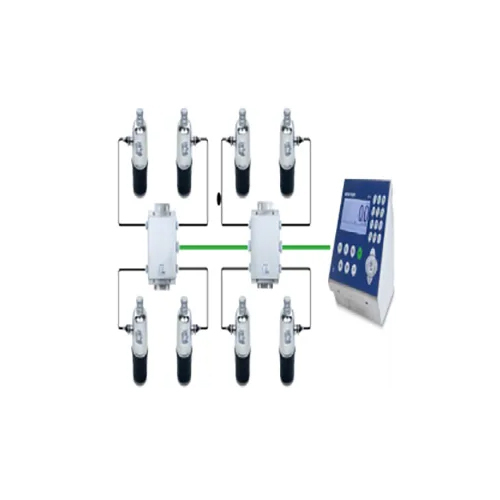Analog Loadcell (SBD)
Product Details:
Product Description
Sensors that measure force or weight include analogue load cells, such as the SBD (Strain Beam Detector) load cell. They operate on the tenet that a material's deformation or strain, which is proportionate to the amount of force applied to it, may be measured.
The analogue load cell known as the SBD is intended to monitor compression forces. A load is injected between the top plate and the base, and a strain beam is fixed on a base and a top plate. The strain beam gently deforms as the load is applied, which alters the electrical resistance of a strain gauge that is adhered to the surface of the beam. The amount of force exerted on the load cell is proportional to the change in resistance, which can be measured and shown as weight or force.
Compared to other load cell technologies, analogue load cells, like the SBD load cell, provide a number of advantages. They are an affordable solution for many applications because they are both relatively easy to produce and use. They can be used in a variety of weighing and force measuring applications since they have a wide range of measurement capacities.
Analogue load cells have the drawback of being susceptible to temperature changes, which can reduce their accuracy. To make sure they are giving accurate measurements, they also need to be calibrated frequently.
Analogue load cells, like the SBD load cell, continue to be a well-liked and dependable choice for many industrial and commercial weighing applications despite these drawbacks.
Specifications - SBD Analog Load Cell
Safe overload | 150% of RC |
Ultimate overload | 300% of RC |
Operating Temp rage | -20 degC to +65 deg C |
Protection Class | IP68 |
Features and Benefits :
- Easy installation - To avoid operations delay
- Excellent compatibility - Seamless integration
- Excellent durability - Longer product life
FAQ
1. An analogue loadcell is what?
Ans - An analogue loadcell is a transducer that transforms a force into a measurable and archivable electrical signal. It operates by transforming an applied force into a quantifiable voltage signal that may be used to calculate the force.
2. What distinguishes a digital loadcell from an analogue loadcell?
Ans - A digital loadcell employs a digital signal to measure and record the force applied, as opposed to an analogue loadcell, which does so using an electrical signal. While a digital loadcell is more practical and user-friendly, an analogue loadcell is more sensitive and accurate.
3. How can I link my system to an analogue loadcell?
Ans - A 4-wire or 6-wire system can be used to link analogue loadcells to a system. With low-voltage loadcells, 4-wire systems are typically used, whereas higher-voltage loadcells are typically used with 6-wire systems.
4. What is the analogue loadcell's typical output range?
Ans - Although other ranges might be available, the typical output range of an analogue loadcell is 0-5V.
5. What is an analogue loadcell's Super Bright Display (SBD)?
Ans - An LCD digital display known as a Super Bright Display (SBD) is created to offer a high-contrast viewing experience with a variety of viewing angles. It is frequently employed to present the force readings from an analogue loadcell in an understandable manner.

Price:
- 50
- 100
- 200
- 250
- 500
- 1000+
Other Products in 'Transport & Logistics Solutions' category
 |
Mettler-Toledo India Private Limited
All Rights Reserved.(Terms of Use) Developed and Managed by Infocom Network Private Limited. |
 English
English Spanish
Spanish French
French German
German Italian
Italian Chinese (Simplified)
Chinese (Simplified) Japanese
Japanese Korean
Korean Arabic
Arabic Portuguese
Portuguese






